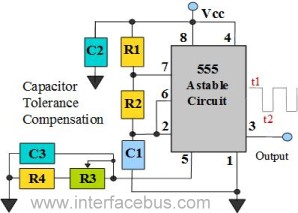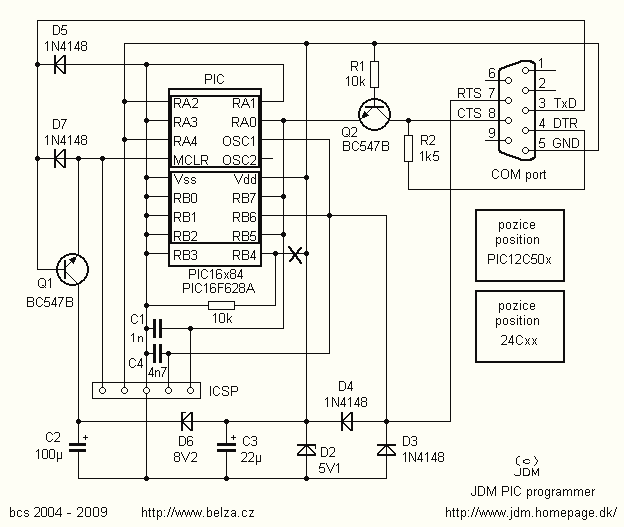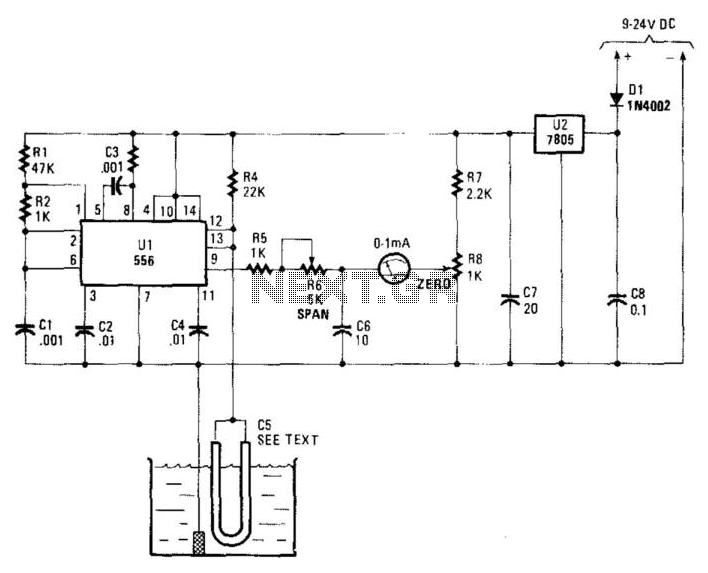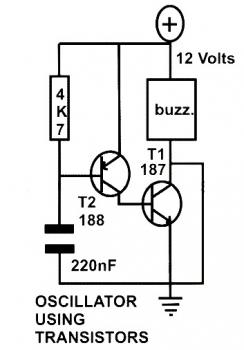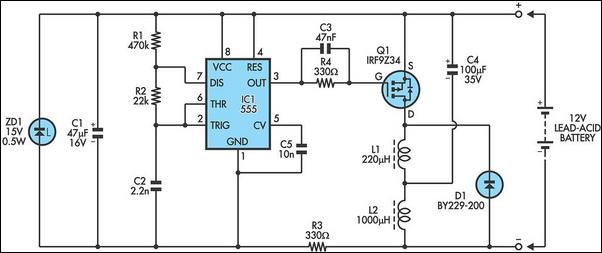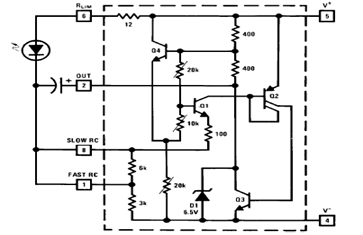
Simple 6V charger battery circuit Schematic Diagram

This is a straightforward charger designed for 9V to 30V batteries, primarily operated by the IC LM317L and a 2N222 transistor. It utilizes direct input DC voltage, and a recommended capacitor of 1000µF is included for filtering the output voltage, which contributes to prolonged battery life. The circuit is simple to construct and does not require a printed circuit board (PCB).
The charger circuit employs the LM317L voltage regulator, which is an adjustable three-terminal linear voltage regulator. It is capable of providing a stable output voltage that can be adjusted to meet the specific voltage requirements of various battery types within the 9V to 30V range. The 2N222 transistor is used in this design to enhance the current handling capability, allowing the circuit to manage higher charging currents necessary for effective battery charging.
The input section of the circuit receives a direct current (DC) voltage supply, which is connected to the LM317L. The output of the LM317L is connected to the battery being charged. The 1000µF capacitor plays a crucial role in smoothing out the output voltage, reducing ripple and providing a more stable charging voltage to the battery. This capacitor helps to ensure that the battery receives a consistent voltage, which is essential for efficient charging and longevity.
The simplicity of this circuit allows for easy assembly using basic electronic components, making it accessible for hobbyists and those new to electronics. It can be constructed on a breadboard or a perfboard without the need for a PCB, facilitating a hands-on approach to learning about battery charging circuits.
Overall, this charger circuit is an effective solution for charging 9V to 30V batteries, combining reliability and ease of construction while ensuring optimal performance through the use of the LM317L and 2N222 transistor.This is very simple charger 9V - 30V battery charger with main operation by IC LM317L and 2N222 transistor. Direct input DC voltage, the recomended capacitor is 1000uf. It can be filtering Output voltage and make long-lasting battery. And easy to make this circuit, without using the PCB would be able to. You are reading the Circuits of Simple 6V charger battery circuit And this circuit permalink url it is 🔗 External reference
The charger circuit employs the LM317L voltage regulator, which is an adjustable three-terminal linear voltage regulator. It is capable of providing a stable output voltage that can be adjusted to meet the specific voltage requirements of various battery types within the 9V to 30V range. The 2N222 transistor is used in this design to enhance the current handling capability, allowing the circuit to manage higher charging currents necessary for effective battery charging.
The input section of the circuit receives a direct current (DC) voltage supply, which is connected to the LM317L. The output of the LM317L is connected to the battery being charged. The 1000µF capacitor plays a crucial role in smoothing out the output voltage, reducing ripple and providing a more stable charging voltage to the battery. This capacitor helps to ensure that the battery receives a consistent voltage, which is essential for efficient charging and longevity.
The simplicity of this circuit allows for easy assembly using basic electronic components, making it accessible for hobbyists and those new to electronics. It can be constructed on a breadboard or a perfboard without the need for a PCB, facilitating a hands-on approach to learning about battery charging circuits.
Overall, this charger circuit is an effective solution for charging 9V to 30V batteries, combining reliability and ease of construction while ensuring optimal performance through the use of the LM317L and 2N222 transistor.This is very simple charger 9V - 30V battery charger with main operation by IC LM317L and 2N222 transistor. Direct input DC voltage, the recomended capacitor is 1000uf. It can be filtering Output voltage and make long-lasting battery. And easy to make this circuit, without using the PCB would be able to. You are reading the Circuits of Simple 6V charger battery circuit And this circuit permalink url it is 🔗 External reference
